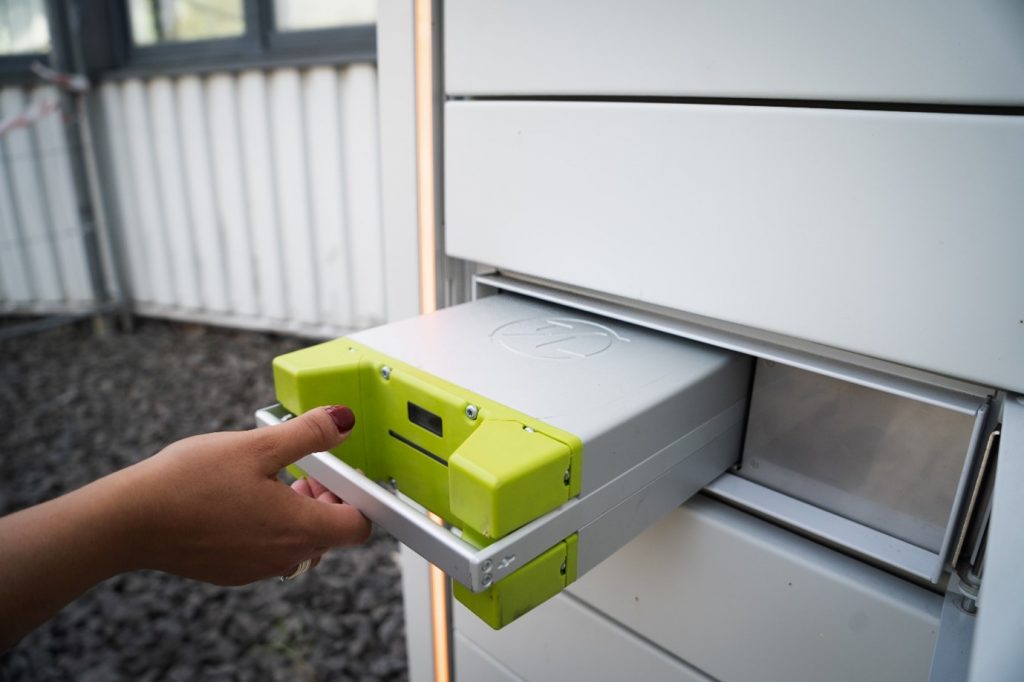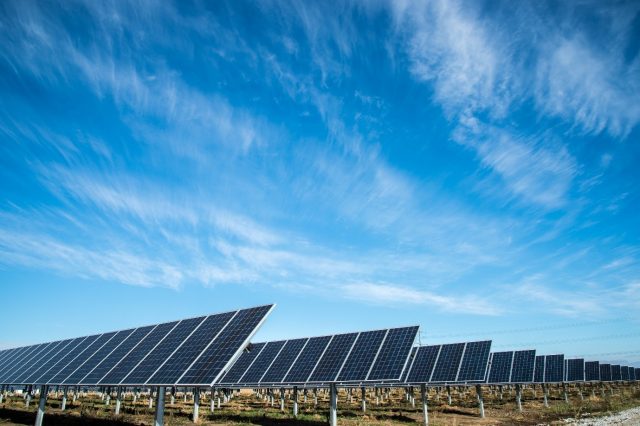Ron Foster has over 35 years’ experience in heavy industrial construction and operations. Ron Foster of Energy Quest contributes monthly to online publications on renewables and other industry related topics. In the following article, Mr. Foster discusses advancements in renewable energy technologies.
Despite its many benefits, detractors and critics of renewable energy sources often argue that it’s inefficient and simply too underdeveloped to support the world’s energy demand. Yet, in a matter of years, renewable technologies have rapidly advanced to take up a large section of the United States electrical production says Ron Foster.
Thanks to improved battery cells, stronger solar concentrators, and a handful of other innovations, renewable energy is growing stronger and faster than at any rate in the past. Today, Ron Foster discusses some of the latest advancements and discuss how renewable energy could potentially overtake fossil fuels as the primary energy source.
Highly Efficient Photovoltaic Cells for Converting Solar Energy
Traditionally, solar panels have been made from large panes of glass and photovoltaic material that capture light energy and transform it into a usable form of electricity. Although these panels have served their purpose, there’s no denying that they’re large, cumbersome, unattractive, and often difficult to install. Not only that, but they’re also not the most efficient energy producers says Ron Foster.
Since the mid-2000s, researchers have been working to not only shrink the size of solar panels but also to increase their efficiency by finding better materials. While some companies, such as Tesla and GAF, have already introduced solar roofing tiles that simply attach to a house like any other roof, their tiles have lacked the strength needed to overcome claims of inefficiency according to Ron Foster of Energy Quest.
Recently, though, researchers at the National University of Singapore have had success producing the highest record power conversion efficiency for solar panels made from organic materials and perovskite. These panels are already renowned for their ability to capture the full spectrum of light rather than a limited range of frequencies.
According to their findings, the research team was able to produce a power conversion efficiency of roughly 24%, which is significantly higher than the standard 15%-20% produced by commercially available panels. This marks a positive trend that could lead to solar power becoming the most efficient and widely used form of renewable energy.
Powerful New Batteries Allow Renewables to Store and Transport More Energy
Ron Foster explains that as renewable energy sources such as wind and solar become increasingly prevalent, the need for powerful and efficient batteries to store energy has become more pressing. While batteries have been used for centuries to store and transport energy, they’ve been relatively inefficient until recently.
Now, new battery technologies are being developed that could potentially allow for the large-scale storage of renewable energy. These batteries are not only more powerful but also longer-lasting, making them ideal for storing energy collected from renewable sources.
One such battery is the lithium-oxygen battery, which uses a lithium anode and an oxygen cathode. This battery has a high energy density, meaning it can store more energy in a small space explains Ron Foster. Additionally, it’s lightweight and has a long lifespan, making it perfect for use in electric vehicles or for storing energy collected and transporting energy from a solar or wind warm to the general public.
 Innovations in Wind Turbine Technology
Innovations in Wind Turbine Technology
Wind turbines are one of the most efficient and cost-effective ways to generate electricity from renewable sources. In the past, however, they’ve been limited by their size and the amount of energy they can produce. Fortunately, new innovations in wind turbine technology are making it possible to generate more electricity with less land.
For example, Ron Foster says that the new Vestas V150-4.2 MW turbine can generate up to 4.2 MW of power, making it one of the most powerful turbines currently available. This turbine is also more efficient with a capacity factor roughly 21% higher than previous models. This means that it can generate more electricity per hour than any other turbine on the market.
Additionally, the V150-4.2 MW turbine is designed to be more durable and require less maintenance than other models. This is thanks to its use of a direct-drive generator and pitch-controlled blades, which make it resistant to high winds and icing says Ron Foster.
With these new innovations, paired with larger offshore turbines, wind energy is becoming more efficient and easier to maintain, making them a more viable option for generating electricity.
Final Thoughts
These are only a few of the many advancements being made in renewable energy technology. As researchers continue to make new innovations, renewable energy sources are becoming more viable as a primary source of energy. In the coming years, Ron Foster explains that we can expect to see even more advancements in renewable energy technology that will make it an even more attractive option for powering the world.







